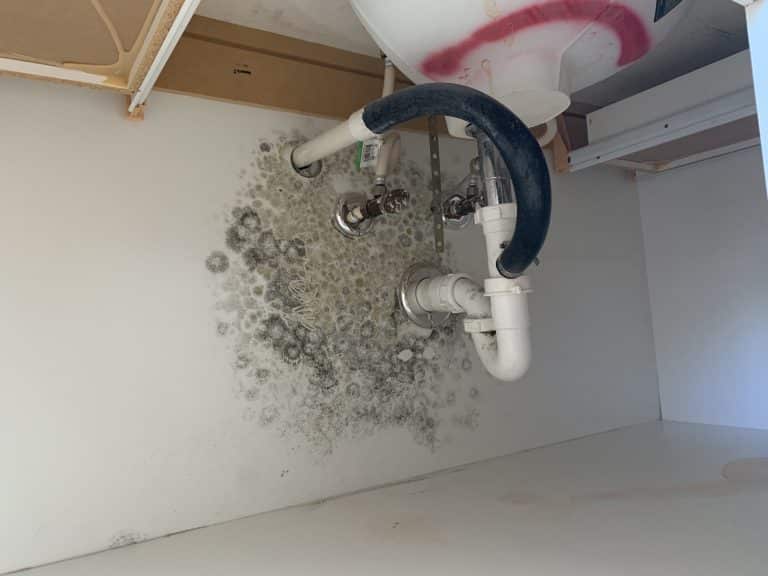If you’re getting a mold inspection, you need indoor air quality testing. Because mold spores are invisible to the human eye, you can only rely on a lab analysis to identify mold in the air. But the air quality testing process is different than you might imagine. You need both indoor and outdoor samples. Read on to learn why outdoor control samples are key to the testing procedure.
How Does Indoor Air Quality Testing Work?
Before you learn the reasons for using an outside control sample in your air quality testing, you should understand how the whole testing procedure works.
When a mold inspection begins, the technician uses a tool to collect air samples from inside and out of your home. There’s more than one way for a technician to get the job done. Here are a few of the possible tools he can use:
- Impaction Samplers
This tool uses an air pump to place spores onto a microscope slide.
- Cassette Samplers
One of the more reliable tools, cassette samplers tend to be disposable. Like the previous tool, cassette samplers rely on forced air to get spores onto a collection plate. There are several types of cassettes, including Allergenco-D, Allergenco-D Posi-Track, Micro5 MicroCell, and Micro5 Posi-Track cassettes.
- Airborne Particle Collectors
These collectors catch spores on a culture dish. There is no forced air and the spores go directly onto the dish. When your technician collects a sample with the particle collector, he can use it to identify the type of mold.
Getting Started
As the indoor air quality testing progresses, the technician collects samples from specific areas of your home. Typically, he will collect samples from the areas that appear to have mold. A musty odor, visible mold, and moisture all point to areas that have mold problems.
Before he takes the samples, he needs to close up the house. If any windows or exterior doors are open, the air testing results could be tainted. Fans and other air exchangers can also negatively impact the results.
There’s a very specific way in which a mold removal technician needs to collect the samples. Part of the method includes collecting an outdoor sample.
Why Is an Outside Control Sample Important?
In every lab study, you need a regular sample and a control sample. The control sample is a way of making sure your data is accurate. An outdoor sample is the scientific equivalent of a control sample.
When it comes to air testing, the outdoor sample is a way to improve the accuracy of your results. There are always mold spores in the air, inside and out. When you take an outside sample, you can identify which mold spores occur naturally.
If those naturally occuring mold spores show up in your indoor results, you don’t need to worry. But without outdoor testing, you would worry. You would have no way of knowing that the mold in your testing results is normal for your area.
Typically, your indoor spore counts should be 75% of the outdoor counts. The counts and spore types should be similar. When the numbers are higher or you have different types of mold, you could have a mold problem.
Accounting for Changes in the Environment
During mold testing, you could look at the average spore counts from previous testing. However, this doesn’t give you an accurate portrayal of the air quality. There are many factors that affect the types and the quantity of spores in an environment. As the environment changes, the mold reacts.
Consider this example. A mold inspection technician takes an air quality sample on a rainy day. The spore count is much higher than the average count. However, an outdoor air sample would reveal that the indoor count is similar to the outdoor count. A rainy day is the prime weather for mold to release spores into the air. Therefore, the high count of the inside sample is normal and environmentally-driven.
On particularly dry or windy days, the same result can occur. The mold release spores and elevate the spore count of your home. However, the elevated count doesn’t signify a mold problem.
On the other hand, snowy winter days tend to have the opposite effect. When there’s snow on the ground, your outdoor and indoor sample should have low spore counts.
Improving Accuracy
If you want accurate indoor air quality testing, you need an outdoor control sample. You also need to make sure the indoor and outdoor testing occur at the same time.
This analysis isn’t a fool-proof way to test for mold. There are a few other ways in which technicians can improve their accuracy.
- Taking Two Outdoor Samples
When you have two outdoor control samples, you can get more accurate results. One sample should come from the windward side of your house. The other sample should come from the leeward side of your home.
By analyzing both samples, mold experts can understand what types of mold are entering your home through the windows and doors. They can get a better understand of what exterior elements affect your air quality.
- Taking Samples at the Same Time
Your technician should collect outdoor and indoor samples at the same time. If there is too much time in between collections, there could be an environmental change that affects the mold. For example, a sudden change in weather could affect the spore count.
- Getting the Whole Picture
Air quality testing alone isn’t enough to tell you whether or not you have a mold problem. Although it is a useful tool, it’s not accurate enough to be the only tool.
Your mold inspection technician needs to get the whole picture. He needs to do a thorough inspection and listen to what you have to say. Once he does a thorough inspection, he can put together all of the pieces to determine whether or not you have a problem.
Getting the Best Results
An outside control sample is one of the crucial elements of accurate indoor air quality testing. Work with a reputable mold removal company in Houston and get the accurate results that you deserve.








